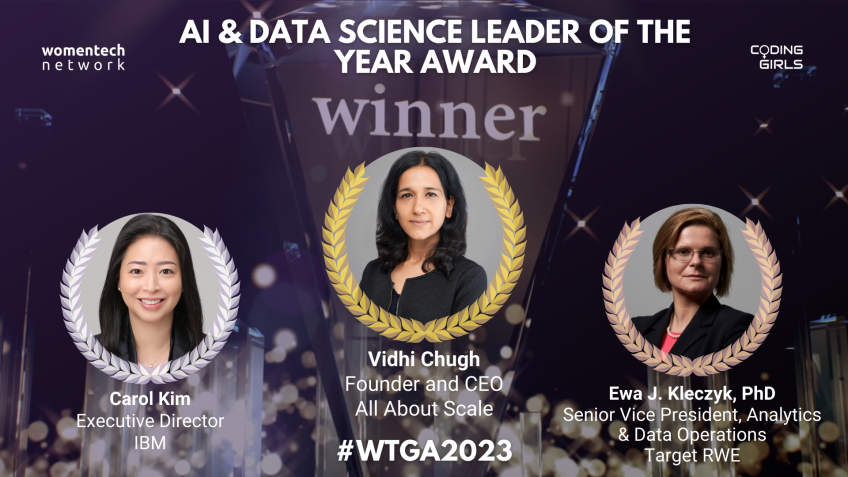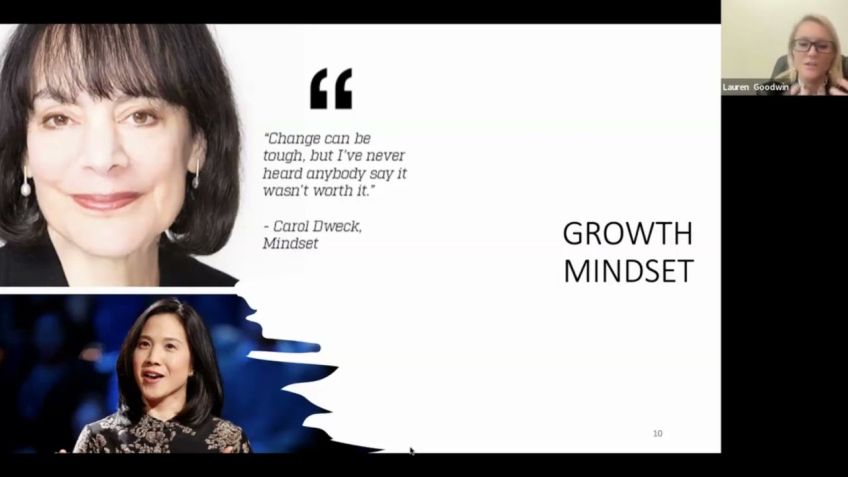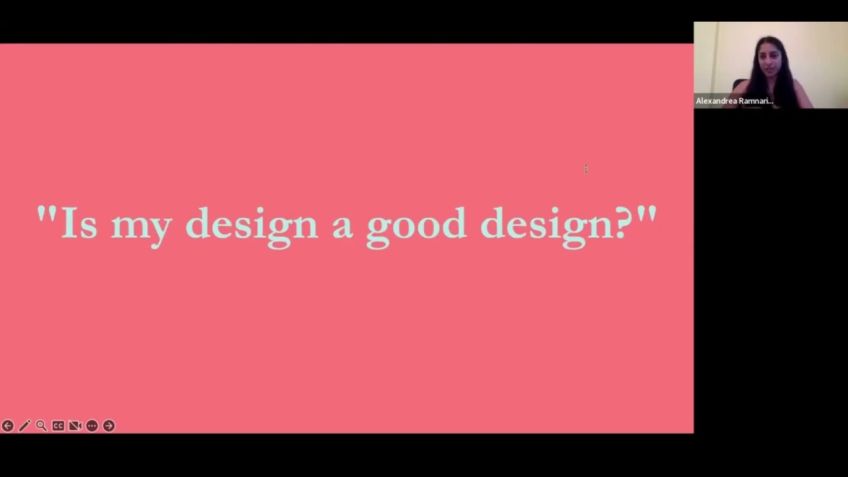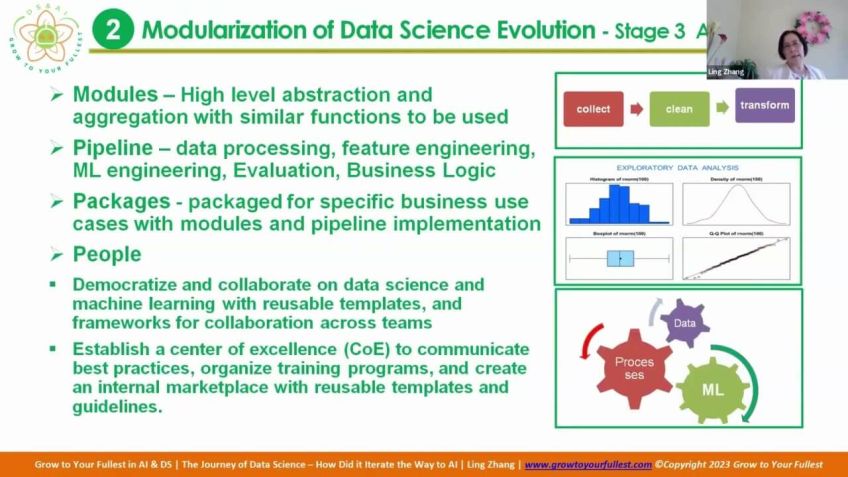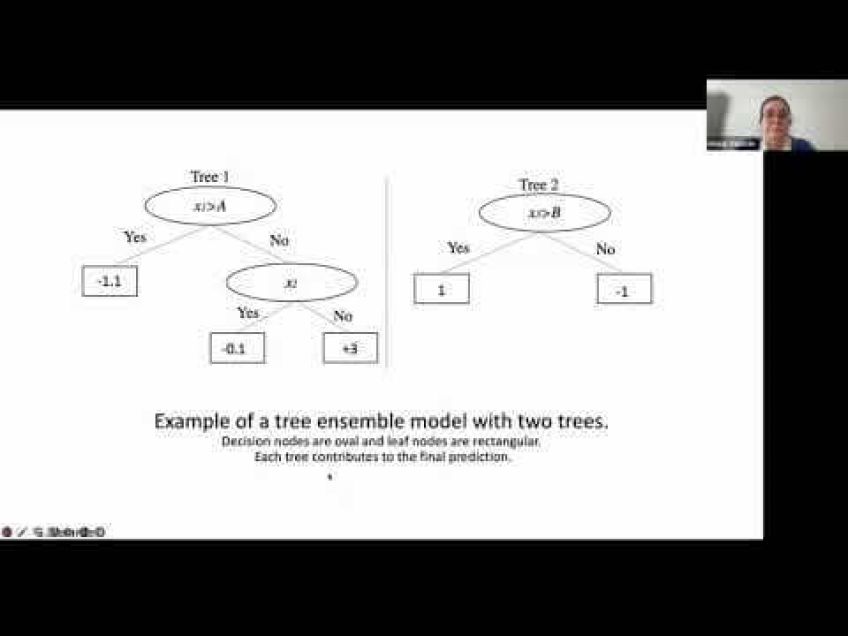Jana Habasková Artificial Intelligence augmented Customer Engagement 360°
Demystifying The Power of Machine Learning and Data Analysis in Business
Today, I am thrilled to welcome our guest, Anna Haba Escola, a data scientist in the innovative data-driven company, Data Center. In this blog, she delves into the interconnection between business question, data science and machine learning, and how this impacts client interaction and experience. By the end of this article, Anna's insights will make you realize the true map of the human-digital communication landscape.
About Data Center
Data Center, a machine learning center of excellence based out of two offices in Prague and Brunei, Czech Republic, aspires to be the bridge between science and the business world. It has a balanced team of data scientists and data engineers working harmoniously to answer business questions by uncovering hidden information in a plethora of data. Keeping an equilibrium between this duo ensures effective analysis and interpretation of raw data and efficient creation of cloud platforms for data processing.
Partnering with Giants
In maintaining this pursuit, Data Center has forged partnerships with cloud platforms, Data Brakes, Microsoft, and Amazon Web Services. This opens channels for running solutions on diverse projects in sectors such as banking and retail.
Our Work - Bridging the Gap between the Digital and Offline World
- Advertising - through our solution picker, we facilitate broad advertising strategies.
- Image Recognition - with our shelf inspector products, we make image recognition more efficient.
- Customer Engagement 360 - we combine digital and offline behavioural data to personalize customer experience. This is a fascinating field we delve deeper into.
Creating a Customer Centric Environment
The goal is to concentrate the communication sphere around the customer. It isn't simple due to the low frequency of measured interaction between a client and the offline channel. However, the digital world provides an avenue for frequent interactions as a study revealed that we touch phones over 2000 times a day. This frequent interaction produces a lot of information about us, our lifestyle, our likes, needs, and our life situation.
Understanding CRM Data and Digital Footprints
CRM data is classic, static, and mostly unchanging. It shows things like addresses, sex, education, etc. It is structured and easy to process with technology. On the contrary, digital footprints are dynamic, unstructured, and enormous. This data represents a customer's current needs, lifestyle, and short term behavior.
The Value of Digital Data
From websites to applications and online advertising, digital data varies widely and is unstructured for the most part. However, with the right processing techniques, it can provide insightful information about customer behavior on the internet.
The Next Steps
Given all tools available to process digital data, companies can start to merge this digital data with classical client data to discover their clients’ current interests. Therefore, they can improve their customer's online experience by showing advertisements most relevant to them. Besides, they can collect data from websites and applications to study the clients' behavior and application usage.
Parting Shot
The goal of Customer Engagement 360 is not about increasing surveillance on clients ('Big Brother' style) but about showing customers that businesses appreciate them. By using their data wisely, businesses can provide clients with information they need when they need it. And that, readers, is the way forward.
Video Transcription
Oh, hello. Uh My name is Anna Haba Escola. Uh I appreciate it. I can participate uh this event. Uh It's very nice to see how uh so many womens impact. Uh And also I'm working in technology. I work as a scientist in a company data.And also it means that uh my work is about um translated the business questions uh by using data uh to answer uh this uh business question uh by the hidden information uh in the data. Uh I would like uh uh at first to introduce uh just shortly our, our company uh data center. Uh So we tend to be the uh machine learning center of excellence uh in uh Europe. Uh We have two office uh right now. Uh one is in uh Prague, it's capital of Czech Republic. And uh another one, it's uh in uh Brunei is the second largest uh city in, in uh Czech Republic. Uh And how we work. Um uh We have uh more than a certain uh data scientists for now, but I, I guess at the end of the year it will be uh twice more. Uh And uh we have almost the same number of data engineers uh We um tried to keep this ratio uh like to have uh data scientists versus data, data engineering.
Uh 50 to 50 uh one data scientists are using machine learning technologies are are working in the data, are um uh finding out uh what is hidden in the data and that the engineering help uh us. Uh uh I mean as, as uh a data scientist uh to create a platform uh in a cloud platform uh when we can uh process uh our uh data science um uh algorithms, uh I will just uh check if everything is OK. Uh uh Because if I uh if I share uh the screen, uh I don't, I don't see uh if you have any question or if everything uh working perfectly, but it seems that everything worked perfectly uh with in data centers, we have uh partner uh ships uh with uh data breaks. Uh It's a cloud platform when we uh run our solution uh with Microsoft or Amazon web services. Um We uh we have made a lot of uh projects and uh banks or, or uh in retail and so on. Uh And um well nowadays um we uh uh do uh uh we are working in this RS uh For example, like advertising uh when we um make our broad our solution picker uh all in um uh image recognition. Uh We might uh shelf our product, shelf inspector. Or for example, customer engagement uh 360. And uh it was about, I would like uh to talk now. Uh So what is it? Uh customer engagement? Uh 316. Uh This is about combination digital and offline behavioral data uh of customers.
Um But with using machine learning techniques, uh we can personalize uh the customer experience. Um Now it sounds like uh what's that? Uh But I will uh I will tell you more about and uh sh uh and other slides. So uh nowadays, uh offline in offline work, customer Centricity uh is not easy. Uh We have uh low frequency of measured interaction between a client uh in offline channel. But nowadays, uh in digital world, uh we are, we are now all, all of us are living in digital world. Uh One study said uh that we touch our phones more than uh 2000 times a day. It's such a huge number, isn't it? Uh It um mm uh It's about this, this number is about touching. So it means also when, when the phone is uh locked. But um um however, uh we do more than 100 session uh every day. Uh It's a lot of information uh about us about our um life situation about about our um likes and uh and so on. So why do not use uh why we don't use this data uh to, to do uh hyper client. Um two days. Uh We uh we collect uh classical CRM data about, about our clients uh like age sex and address, uh some contracts, uh and so on. Uh These data are um, almost very nice.
Uh They are sort uh uh in the boxes like, uh you can see here like both uh in the board. Um They are lo almost long term uh not changing. Uh, so much on the other side. Uh The digital footprints are um huge mess when uh where the CRM data are just one star in the, in the night cloud cloud. Um Their uh digital footprints uh can be web interaction, uh advertising, interaction data from applications uh and so on. So the difference between uh typical CR and D data and digital footprints are that uh CRM data are static. Uh They show long term behavior as we said, like uh address, uh you don't change address so much uh your sex uh uh your, you know, education, for example, uh there are uh structured uh So they are easy to process with technology. Uh They just do footprints are dynamically changing, they reflect our needs. Uh They showed for example that uh somebody finished, finished our study. Um So they need uh they, they start uh a new job, they need new living maybe uh here uh uh him is planning wedding. They uh they need a new big car uh and so on. Um So, mm they uh looks uh on our life. Situation also, they reflect our lifestyle and they are really enormous unstructured and messy. Uh You can see here some example uh of uh digital data.
Oh yeah, I can see that some of them can be instructed form like um um how uh many uh how long he spent on um uh internet, for example, uh or from which city uh he connect but almost uh they are uh in unstructured form like plain text uh in the quotation marks. Uh But if you know uh how to process them, you can find in these digital data. Uh Very interesting information. Uh For example, when uh he or her, her is um uh connect uh to in internet. What time uh he's uh surfing on the internet. It's a very interesting information because you know where uh to send from the customers uh interesting uh information about, about your company when uh he's online. Uh Also you can, you can find out uh who is he uh is he football lover or uh he likes uh music or he like he, he's politician, man or woman and so on. Uh Also you can, you can find out what uh he's searching right now. Uh Is he uh uh finding out new car? Uh New flat? Uh What is he interested about right now? Uh where uh he is moving uh because in OCRM data uh you have your own uh your address. Uh but um a lot of people uh still have address of um their uh parents.
But uh now uh they live at uh where their high school is, for example, uh or um mm they, they have some uh changing uh changing floods uh in the, in their uh life situation. Uh Also from which device uh they are connect, are they iphone lovers? Uh or uh they prefer Android or Windows? Uh And uh also some uh geo uh data. Uh you can, you can find out uh how many interaction uh with uh your website. For example, the cu the customers had how many times uh he go uh he goes there and so many how long uh he spent on the website and so many others uh information uh If you know uh how to process uh this data, uh you can predict with the machine learning techniques. Uh uh Interesting information. Uh I have uh here the example from banking era. Uh So my learning techniques uh we can predict um with which uh product the customers would like uh to take. Uh mm is he would like uh to take saving account or saving account or do some investments or uh here the ID uh would like to take a loan. Uh But uh with uh digital data, you can say more than uh that the customers uh would like to uh to take loan by using uh text manning techniques. Uh You can, you can de describe, describe all his uh life uh situation.
So he would like to take a loan but which uh type of loan um uh is he buying a new flat or a new car or some, some small loan uh on some um uh on some uh I don't know, computer or something like that. Um If we uh process the uh unstructured text data uh into some tokens, you can say uh we can um same with uh artificial intelligence uh methods that uh this client uh is uh mm going to take along because uh he is plan planning a wedding, for example. Um This all sounds uh really interesting. Uh Isn't it? Um uh I was just checking if everything is OK. Uh If there is uh no question for now, but I uh I uh didn't see uh any question um uh or not a related question. But if you have any uh just feel free, feel free to ask and let's continue uh in the presentation. Um Well, everything I just uh said uh it's uh really mm interesting, I guess. Uh But how the situation looks like uh in the company companies uh Right now, companies are taking, as we said at the beginning of presentation uh classical uh crm uh data which can be um uh from section data, also uh data about the client uh uh data from call center and so on.
Uh these data are structured as we already said. Uh We can uh manage them with uh classical campaign management uh tools. But uh nowadays, we have all tools uh to um to uh connect uh this uh classical client data. Uh with uh digital data, we have all tools uh to process um uh the digital data. And we can start uh step by step. Uh At first, uh we can start uh data from uh online advertising. Uh When we see uh mm we, we can see from the data, uh which uh website the person visited. Uh and w where uh he or she uh saw our advert uh advertised. Uh So we know from, from this data what the person is interested about right now. And um with this information, uh we do not sell him um campaigns uh on, on the things he uh don't need right now. So it's, you know, it's good for the customers because we all uh living in the world of uh online advertise. Uh we see every day hundreds and a rate of advertising. Uh It would be really nice if uh we could see just uh advertise which we are interested about. Uh And we can just click and uh uh save our time. Uh mm, which we could spend by, by searching uh what we need. Uh Other step we can do uh is to uh collect the data from, from our website. Um Well, we see from the data. Uh What is the client uh looking for uh on the website.
Um uh I is it uh are our website interesting. Um Does uh clients uh spend a lot of time on the website or they are just open our website and uh go away because they are not nice. Uh Or he's not interested uh about uh about it. Uh And also uh we can uh using uh panels that uh data from, from application uh because uh everybody of us is uh using our uh mobile phone. Um He said uh a lot of times uh a lot of times uh during, during the day, uh we do more than 100 interaction. So uh it is uh from, from this data, uh We can collect a lot of information about the client uh what uh he's interested about. So, uh I uh at the end of the presentation, uh I would like to say that um this customer 306 engagement uh isn't about um I don't, I don't know how to say it. It's not about Big Brother or about uh collecting um collecting uh information about the customers, but uh it is about to show that we appreciate our customer and uh we would uh send him online information uh which the customer need right now.
Uh So thank you for your attention and I guess uh one minute uh left. Uh So if you have any questions, just please uh feel free uh to ask. Thank you. Um uh Yeah. Um I see the question uh if there are any limitation uh because of GDPR uh of course, that uh all the data uh we have uh um anonym uh anonym organization, how to say that. So uh we don't see uh uh with uh who, who, who is the client, we just see it's a client number 11111. Uh what tools uh do you usually uh use to analyze customer data from the calls? Uh We are um working in um data breaks. Uh So we are uh using uh uh p ice pack. Um um OK. Uh What uh is uh what? OK, please. Uh What is a I uh artificial intelligence? I think uh this is um uh well, this is on the uh on uh another presentation uh to explain uh what is uh machine learning and artificial intelligence. Uh It's like uh we can say that machine learn uh link is part of artificial intelligence. Uh And um uh it's well, mm uh it's about techniques uh how to, how to work uh with the data. Oh OK. So thank you for your attention and um uh have a nice day. Thanks. Bye bye.

